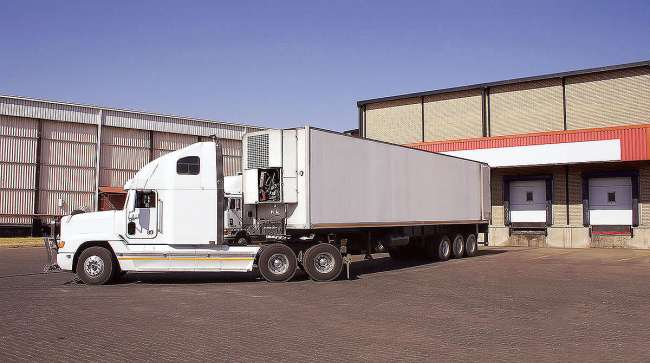Staff Reporter
Some Owner-Operators Return to Fleets as Spot Market Softens

[Stay on top of transportation news: Get TTNews in your inbox.]
A surge in spot market rates that led some truck drivers to leave fleet jobs and go into business for themselves has cooled off, bringing with it a downturn in the number of drivers striking out on their own, industry data shows.
“Any time you see rates that are really high, you get leased owner-operators that work for fleets decide to go and chase the dream and become an independent owner-operator,” said Brent Hutto, chief relationship officer at Truckstop. “Some of them create good efficiency and good optimization of their products or their trucks, and can stick through when the rates come back down to normal — or maybe even go below normal — because they run a really efficient operation. And some of them transition back to working for fleets as leased owner-operators.”
The coronavirus pandemic brought with it a robust freight environment marked by high demand and supply chain disruption, and led the spot market to soar. While that market remains well above historic norms, rates and demand have declined since record peaks last year.

Some owner-operators could not bear the declining spot prices and the rising diesel cost, so they started exiting the market.
Mazen Danaf, Uber Freight
Data from the Federal Motor Carrier Safety Administration showed gains in carriers with one power unit and one driver since the end of 2020. Their numbers rose from 738,181 at the end of 2019 to 924,705 so far this year.
“We didn’t just go through a good market the last 24 months, we went through a historic market,” Hutto said. “When Truckstop goes through a good market, we’ll add 10% or 20% more carriers than we normally would. We were adding 30% or 40% more carriers than we would normally add in any given month. Probably for 18 months we were adding at that pace and what we’re seeing now is a slowing of that.”
This year, owner-operators have had to contend not only with declining spot rates but also rising fuel prices that drove up their operating costs. While they — and fleets — can recoup fuel expenses by assessing fuel surcharges to their customers, volatility in the marketplace can still be difficult to manage.

Host Seth Clevenger delves into the TT Top 50 Global Freight Companies list, and how they are preparing for an uncertain future. Tune in above or by going to RoadSigns.ttnews.com.
“Supply has been growing gradually since the end of last year,” said Mazen Danaf, senior economist at Uber Freight. “Now it’s above where it was prior to the pandemic.” He noted that owner-operators who “flooded the market chasing high spot rates” have begun returning to fleets. “On the driver employment side, we are much higher than we were prior to the pandemic,” he said.
In particular, Danaf noted that driver employment is about 4% to 5% higher than what it was before the pandemic. Specific to longhaul, he said driver employment is about 8% to 9% higher than where it was a year ago.
“Employment has recovered a lot, and it has added a lot of drivers over the past year,” Danaf said. “We continue to see owner-operators coming into the market, chasing high spot rates, but we also started to see some revocations of authorities, as well. This reflects that some owner-operators could not bear the declining spot prices and the rising diesel cost, so they started exiting the market. But so far, I wouldn’t say we have seen a net reduction in capacity because most of the drivers who left the market have enrolled with other fleets.”
Danaf worries, however, that fleets could reach hiring limits that prevent from accommodating all of the owner-operators who have abandoned their authority. That, he noted, could lead to a net reduction in capacity.
Denim Senior Sales Manager Ashley McMillan anticipates spot rates and demand will start normalizing midway through 2023, but believes the spot market may see small spikes around the holiday and produce seasons.
Want more news? Listen to today's daily briefing above or go here for more info
“There have been 10,000 net deactivations of small motor carrier authorities in the last five weeks alone,” McMillan said. “These small carriers are typically spot-market dependent. The rock-bottom spot rates, coupled with inflation, raising fuel, maintenance and insurance costs, will continue driving many small carriers out of business. Right now, it doesn’t look like this will impact capacity and create issues during peak season because tender volumes still remain deflated.”
Hutto believes the market is undergoing some settling.
“The actual spot market rate is still high enough where there’s owner-operators coming in,” Hutto said. “We are still seeing our additions for owner-operators outpace our canceling of the service and going back to being leased owner-operator. But we’re definitely seeing those numbers increase by 5% or 6% over norm. I think what we’re doing is reaching a tipping point if rates continue to go and fuel doesn’t give some type of reprieve.”




